World Fine Art Professionals and their Key-Pieces, 303 - Kate Foster
World Fine Art Professionals and their Key-Pieces, 303 – Kate Foster
Kate Foster is an environmental artist and researcher. She is from Scotland. In 2020 she developed her interest in peat cultures as artist in residence with the Home Turf Project of Wageningen University.
At the exhibition ‘Veencultuur (Peat Culture)’ in Armslag Atelier, in Renkum, she showed various results of her creative investigation. How did Kate end up on the subject of peat culture and how did she report on it through her practice-based research?
Artworks and networks
Kate Foster: “My work takes different forms depending on the context. I capture the process with drawings and text. My projects have resulted in works of art, but also created networks, in which connections have been made between ecology, sustainability and creative practice. ”
The peat culture project started in 2018 when she became involved in the Peatland Connections project. She completed it with a master’s degree at the Edinburgh College of Art (2019) and this led to an internship at Wageningen University in the Netherlands (January-November 2020).
Since 2000 she has created several works of art as an independent artist, working in a collaborative and interdisciplinary way. In addition to the peat project, she had in the course of time five / six other large projects that also resulted in many works. Which works stand out for her? Kate: “I think of dialogues and learning that come from the works. My project results include trips, gatherings and installations, as well as small sculptures, artist books, publications, drawings and photos. My intention is to provide space for reflection. My work is aimed at offering routes to make ecological connections.”
New experiences and relationships
She wants her artworks to open up new experiences and relationships. “Material works are the result of conversations and research. This is a kind of research process where I often change my mind about how to respond when I think about my prejudices and what values underlie my original ideas. Sometimes something comes up that people consider ‘art’. ”
By studying environmental art at the Glasgow School of Art she learned to work with non-traditional art forms. “We were encouraged to be flexible with materials and to take into account the maxim ‘the context is half the work’. It takes a lot of time to develop interdisciplinary skills. Fortunately, I was able to focus on a particular project by doing a Masters by Research at Edinburgh College of Art. This helped me articulate how my personal artwork could develop within a socially engaged practice.”
Handshake
The first work she wants to mention is Handshake (Image 3). It is a small sculpture that embodies the space between two people shaking hands. “I made it in the year 2000. It was a starting point. In our current Covid era, it took on new meaning because we can no longer shake hands. ”
Two years later, in 2002, she made ‘Traveling Mantle for a Swallow’ and ‘Aigrette for an Egret’ (Image 2an 1). “This series of bird body jewellery was a response to the massive international trade in bird feathers in the 19th and early 20th centuries. I reused the material to reshape the history of the plumage trade. Thus arose fashion collections for exploited birds, some of which were nearly extinct.”
Ecological crisis
Kate Foster: “My life has been a time of tremendous change. I was born in the 1960s, an era of modernist optimism. Now we understand the consequences of the ecological crisis. This is a time of uncertainty for all species. What is it like to be human? Growing up I became immersed in ways of thinking that I now see as ‘extractivist’. That is, a natural assumption that natural resources could be exploited and sold.
My artworks help me muster the courage to become aware of these larger social processes and then examine my past ways of dealing with things. ”
Extinct bird species
She got the urge to not only stay behind the books and in the art spaces, but also to go outside. It resulted in projects such as ‘Biogeographies’ and ‘Border Sheepscapes’.
Biogeographies, from around 2005, was a series of works on how species were dying out. See Images 4 – 6). “I have traced the unique history of some bird species in a zoological university museum. I supplemented their history by traveling the routes they traveled and talking to people associated with the specimens.
These were trips outside myself, which led to a more fun and collaborative way of working. ”
Sheep
After a trip to South Africa in 2007 where she worked as resident artist in the University of Stellenbosch, among other things, with the extinct blue antelope (see image 7), she started drawing in the field. She wanted to learn more about the life of farm animals and the people who make their living from sheep farming. “This project, the Border Sheepscapes project, in a rural area in South Scotland, has destroyed all my remaining pastoral delusions! These prejudices gave way to a growing understanding of how local landscapes are shaped by globalized economies. ”
“I got a slower, and I hope, more committed way of working. I embarked on a long-term wetlands project, with a focus on peat restoration as an emerging environmental policy priority. ”
And so she ended up with the peat and turf. “Peat soil is a microcosm for me to learn new partnerships and reciprocal relationships. Peat Cultures, is a commitment to support nature-based solutions in the context of our anthropogenic ecological crisis, by working collaboratively as a creative practitioner. ” (see Images 8 – 10).
https://peatcultures.wordpress.com/
https://www.meansealevel.net/
https://ifthenisnow.eu/nl/verhalen/kate-foster-this-is-a-time-of-uncertainty-for-all-species
Disclaimer: The views, opinions and positions expressed within this guest article are those of the author Walter van Teeffelen alone and do not represent those of the Marbella Marbella website. The accuracy, completeness and validity of any statements made within this article are not guaranteed. We accept no liability for any errors, omissions or representations. The copyright of this content belongs to Walter van Teeffelen and any liability with regards to infringement of intellectual property rights remains with the author.

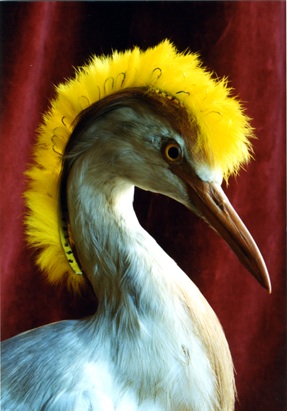

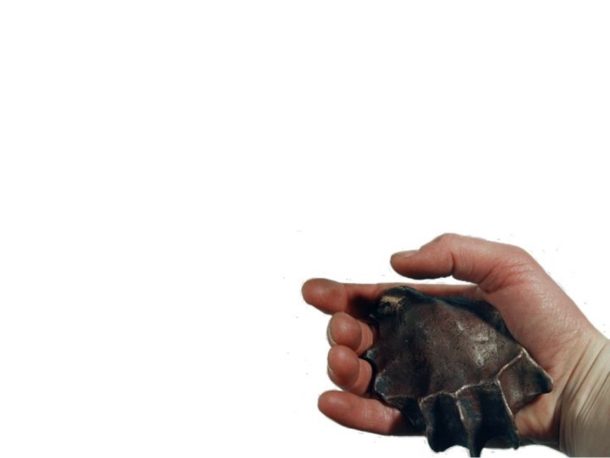
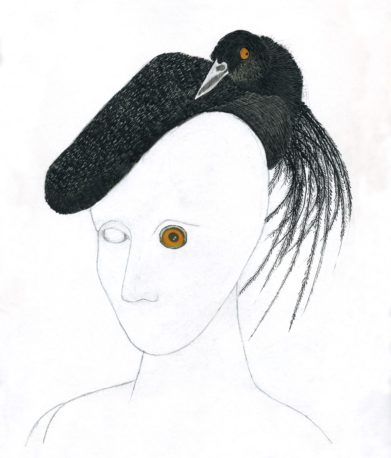
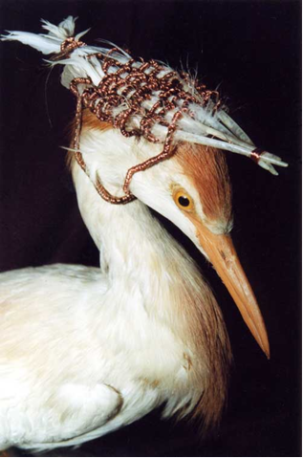
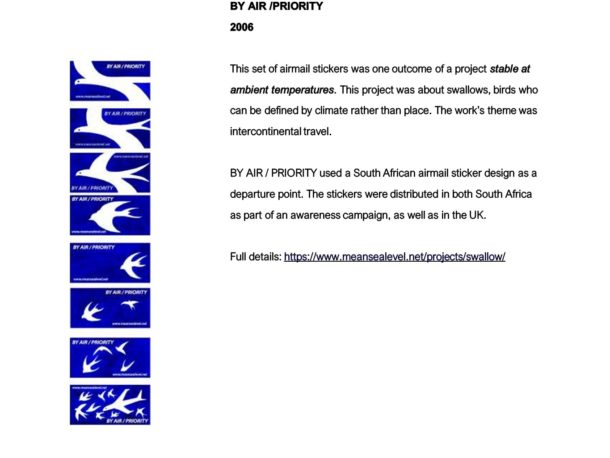

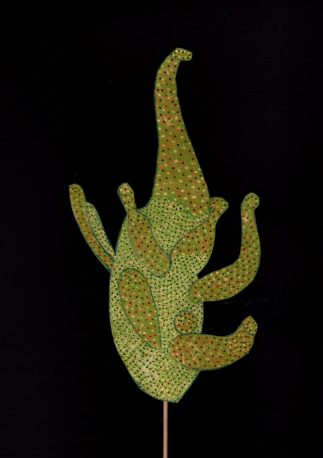
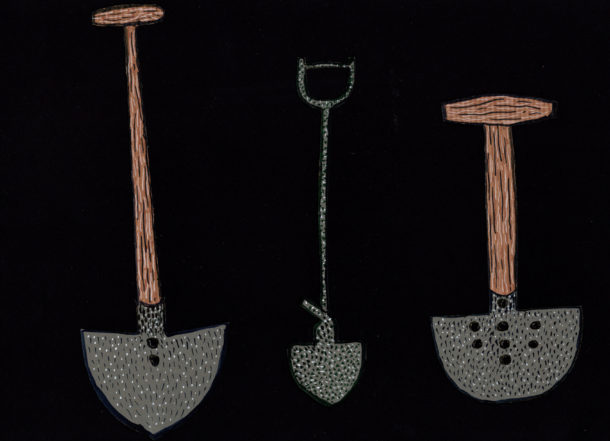
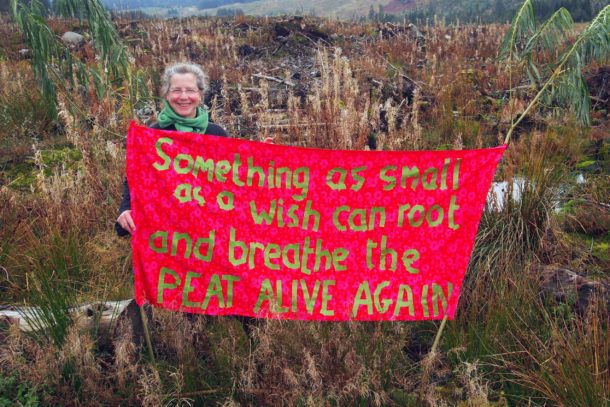














The opinions expressed by individual commentators and contributors do not necessarily constitute this website's position on the particular topic.